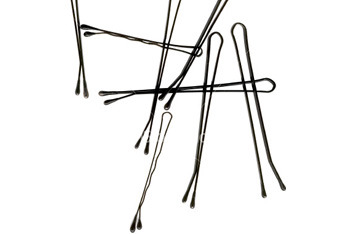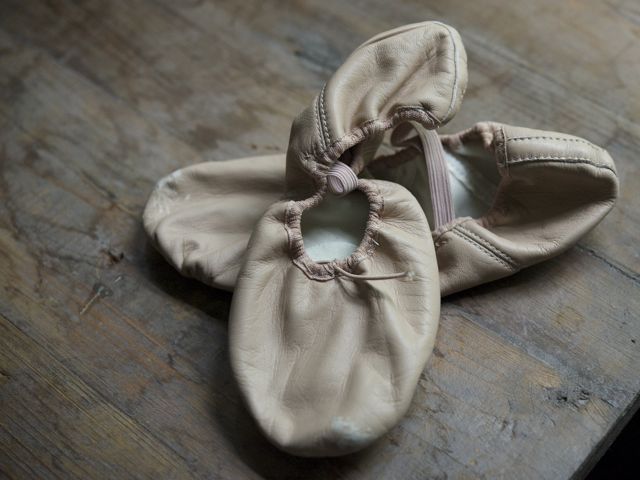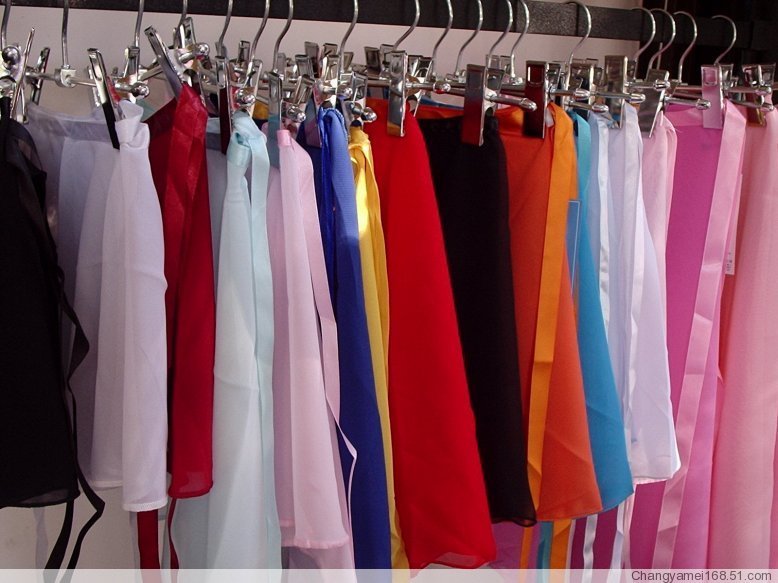I am dancing in a new studio since I moved (because I started studying at law school) and I LOVE it. The teachers are a lot more strict and the other students are really good which is an amazing motivation for me.
There is this one girl who graduated from the HUGE ballet school in Berlin. She is amazing and sometimes teaching, sometimes joining us in class.
We've been working on a few moves I have never done before. It feels like I have to think way too much so I mess up most times but I think that's ok.
Unfortunately I can't dance as much as I initially wanted to because of law school. My new schedule looks like this: Tuesday: ballet grown ups advanced, Friday ballet for intermediate and advanced students and same on saturday. It's always 2 hours without a break which is super exhausting but I love it :)
sometimes I can take ballet class on monday (students, intermediate and advanced) on monday as well but usually I have to be at uni on monday afternoons.
AND: besides that I have been stretching quite a lot I'd say. I still can't do the straddle all the way but it definitely got better
and my "lying-on-the-back-in-a-split" kind of stretch is beginning to be really comfortable :)
And I love that my "dorm-neighbor" started stretching with me. It's so much more fun stretching together than alone.
It's really entertaining to stretch alone and watch rhythmic gymnastics video as motivation (because they are SO flexible) for me as well though.
It's weird how I can relax and stop over thinking things when I'm stretching and of course when I'm dancing.
This was my little update
xx
Maggie























































